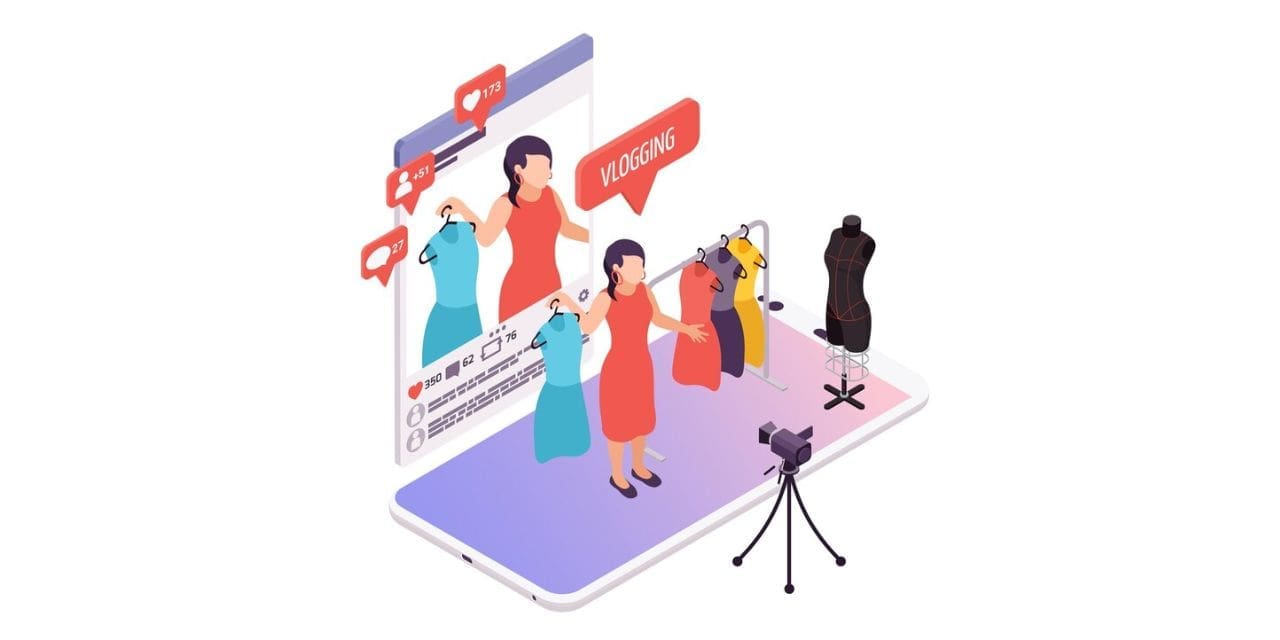In today’s digital landscape, social media marketing has become indispensable for businesses across all industries, including textiles. According to a recent survey by Hootsuite, 90% of marketers believe that their social media efforts have increased exposure for their businesses, and 75% reported increased traffic. This statistic underscores the power of social media in enhancing brand visibility and driving sales.
As more consumers turn to social media for inspiration and shopping, leveraging these platforms can significantly benefit your textile business. In this article, we will explore effective strategies for using social media to market your textile business.
This article will explore how you can use social media to market your textile business effectively.
Understanding Your Audience
The first step in any successful social media strategy is understanding your audience. Knowing who your customers are, what they like, and where they spend their time online is crucial.
Demographics: Identify key demographics such as age, gender, location, and income level. For instance, if your textile business focuses on high-end fabrics, your target demographic might be affluent women aged 30-50 living in urban areas.
Psychographics: Delve into the interests, behaviors, and preferences of your target audience. Are they interested in sustainable fashion? Do they follow home decor trends? Tools like Facebook Audience Insights can help you gather this information.
Example: A report by Sprout Social found that 70% of consumers feel more connected to brands whose CEO is active on social media, highlighting the importance of relatable and transparent online presence.
Choosing the Right Social Media Platforms
Selecting the right social media platforms is essential for reaching your target audience effectively.
Platform Overview:
- Facebook: Ideal for broad audience reach and community building.
- Instagram: Perfect for visually appealing content and younger demographics.
- Pinterest: Great for home decor and DIY enthusiasts.
- LinkedIn: Best for B2B marketing and networking.
- TikTok: Excellent for reaching a younger, trend-savvy audience.
Platform Suitability:
- Use Instagram for showcasing your latest textile designs through high-quality images and stories.
- LinkedIn can be used to connect with other businesses and potential B2B clients.
Creating Engaging Content
Engaging content is the heart of any successful social media strategy. Using a reel creator tool can significantly boost your reach in 2024. With their short, captivating format, Reels are favored by social media algorithms, leading to higher visibility and engagement.
Content Types:
- Photos: Showcase your products with high-resolution images.
- Videos: Create behind-the-scenes videos of your manufacturing process.
- User-Generated Content: Encourage customers to share photos of your products in use.
Visual Storytelling: High-quality visuals and compelling stories can captivate your audience. For instance, share the story behind your latest fabric collection or a day in the life at your textile factory.
Example: A study by HubSpot found that video posts on Instagram receive 38% more engagement than image posts, underscoring the power of video content.
Leveraging Social Media Ads
Social media advertising can help you reach a broader audience and drive more traffic to your website.
Ad Types:
- Photo Ads: Showcase your products with stunning visuals.
- Video Ads: Tell a compelling story about your brand.
- Carousel Ads: Display multiple products in a single ad.
Targeting: Use demographic and interest-based targeting to reach your ideal customers. Facebook and Instagram offer advanced targeting options that can help you zero in on your audience.
Budgeting: Start with a small budget and gradually increase it based on the performance of your ads. Monitor metrics such as click-through rates and conversion rates to gauge effectiveness.
Utilizing Influencer Partnerships
Influencer marketing can amplify your brand message and reach a larger audience.
Finding Influencers: Look for influencers who align with your brand values and have a genuine following. Tools like BuzzSumo can help you find the right influencers for your niche.
Collaboration Ideas:
- Product Reviews: Send your products to influencers for honest reviews.
- Giveaways: Partner with influencers for giveaway contests to increase brand visibility.
- Sponsored Posts: Collaborate on sponsored posts that highlight your products.
Measuring ROI: Track the performance of your influencer campaigns using metrics such as engagement rates, website traffic, and sales conversions.
Example: Fashion brand Revolve has successfully leveraged influencer partnerships to drive massive engagement and sales, often trending on social media platforms during their campaigns.
Engaging with Your Audience
Engaging with your audience builds loyalty and fosters a sense of community around your brand.
Interaction Tips: Respond promptly to comments and messages, host live Q&A sessions, and share user-generated content.
Community Building: Create a brand hashtag, encourage customer feedback, and run interactive polls and contests.
Analyzing and Adjusting Your Strategy
Regularly analyzing your social media performance is essential for continuous improvement.
Analytics Tools: Use tools like Google Analytics, Facebook Insights, and Hootsuite to track your social media metrics.
Key Metrics: Monitor engagement rates, reach, impressions, click-through rates, and conversion rates.
Strategy Adjustment: Use insights from your analytics to refine your content strategy, ad targeting, and overall social media approach.
Example: Textile brand West Elm uses data-driven insights to continually refine their social media strategy, leading to increased engagement and sales.
Conclusion
Social media is a powerful tool for marketing your textile business. By understanding your audience, choosing the right platforms, creating engaging content, leveraging ads, partnering with influencers, engaging with your community, and analyzing your performance, you can significantly boost your brand’s visibility and drive sales.
Start implementing these strategies today and watch your textile business thrive in the digital age. Remember, consistency and authenticity are key to building a loyal online following and achieving long-term success.

